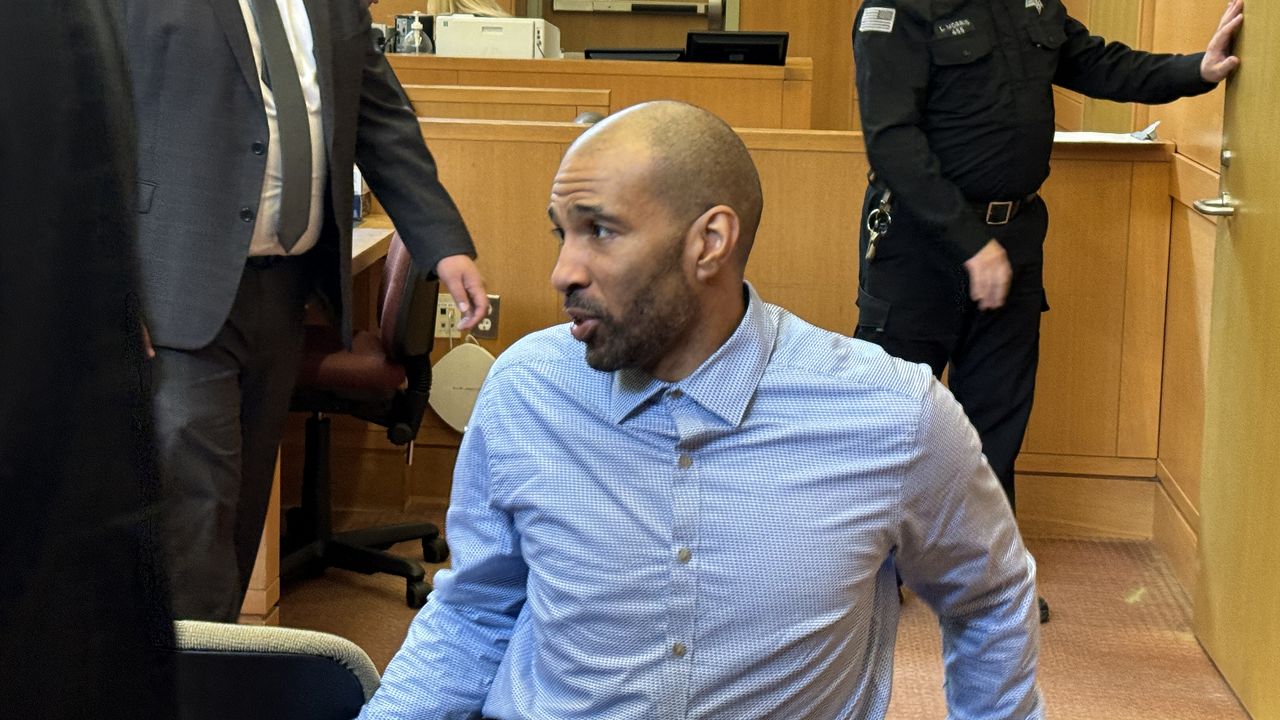HONOR and Orange County are participating in an annual count of sheltered and unsheltered homeless people.
The goal of the annual Point-in-Time Count is to gather information on people staying at emergency shelters, transitional housing and safe havens as well as people on the streets.
Trained teams will visit areas such as parks, abandoned buildings, and encampments to assess needs, provide information and offer resources to people they come across.
It's easy to spot Evan Wilson and his team from the Hudson Valley nonprofit HONOR. He calls it "purple proud," wearing shirts, jackets and hats of purple that are recognizable to folks on the street as they speak with unsheltered people. It's a part of yearly Census surveys throughout the nation called Point-in-Time Counts.
“We need data to inform funding and planning for programs for individuals who are unsheltered," Wilson, the director of Safe Options Support at HONOR, said. "So it's so important that we get out there, boots on the ground, to actually see what's going on in our communities, and try to reach their needs.”
The surveys, led by the federal Department of Housing and Urban Development, are critical for keeping information on emergency shelters, housing and the number of unsheltered people. They’re meant to meet people where they’re at, like local shelters and soup kitchens. But that also means speaking with unsheltered folks who might be harder to find.
“You can see there's a shopping cart for some items, noticing that the pathway is shoveled," Wilson notes while walking through snowy woods adjacent to a railroad track.
Someone is living inside of the remnants of buildings burned out over a decade ago, several hundred yards off a sideroad in Middletown. Although they’re not there when Wilson and his team get there, they'll leave HONOR's information, with hope that they will contact the organization to get help.
“The people who are going to the soup kitchen, they are getting help, they're getting warmth, but these individuals are not," Wilson said.
Although these Point-in-Time Counts are just for federal data, Wilson said his team constantly updates New York’s Department of Mental Health of their work occurring every day in real time.
“We actually also have regular conferences with our state liaisons and partners to inform the changes and policies that need to happen sooner than six-to-nine months or further down the line," he said.












